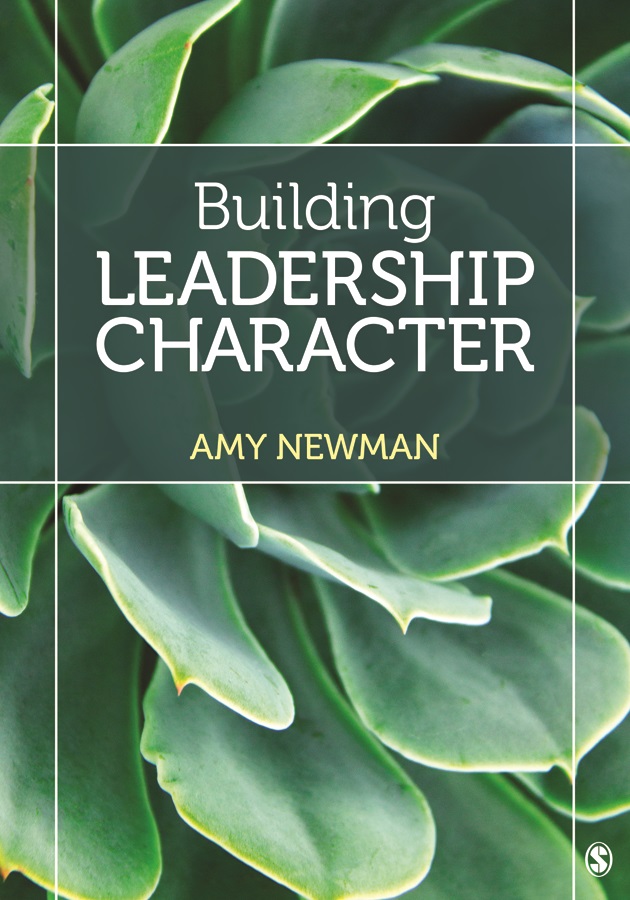Airbnb is planning staged gladiator fights in the Roman Colosseum, which some consider disrespectful of the 1st century amphitheater. Students can discuss the ethics of similar types of tourism and how companies promote them.
The Event Promotion
Promoting a new movie, Gladiator II, Airbnb lures guests into one of its Experiences:
For centuries, the Roman Colosseum has been the stage for epic battles and legendary gladiators. Now, for the first time in nearly 2,000 years, the Colosseum returns to its original purpose as a venue for performances, inviting daring warriors to step foot inside the historic arena to forge their own paths and shape their destinies.
Language describing the event reminds me of what analysts are saying about the U.S. presidential election results:
Airbnb might have predicted criticism. The end of the promotion includes “Airbnb’s commitment to heritage”:
These special experiences at the Colosseum follow a series of measures and commitments by the platform to revitalize heritage tourism in Europe, including donations to heritage across Europe for over ten million dollars.
As part of this program, Airbnb is offering its support to the restoration and enhancement of Colosseum’s heritage, including an ongoing project to restore the permanent exhibition at the Colosseum.
The Response
Critics say, ”Rome is not Disneyland,” and call the event “a disgrace” and “touristification.” Local agencies, already struggling with tourism, called the event “a demeaning use of our historical-artistic heritage.”
Airbnb responded to criticism with a statement to news outlets, referring to “authorities in Rome,” who provided their own statement. The company promised to “enhance the historical and cultural heritage of the amphitheater through immersive activities in full respect of the monument, based on rigorous historical research,” with a focus on “conservation, education and innovation.” Federico Mollicone, a member of Italian Prime Minister Giorgia Meloni’s party, Brothers of Italy, describes his support:
The archaeological park of the Colosseum did well to sign a memorandum of understanding with the historical re-enactment associations also guaranteeing tourists a gladiator show of high scientific quality coordinated by ministry officials of Culture. . . . We reiterate our absolute favor for the agreement between public and private in culture, through partnerships or sponsorships, provided that they support initiatives that are of scientific and cultural value approved by the Ministry of Culture.
Airbnb deflected accountability, although the company’s name is still associated with the event, and anyone will recognize Airbnb’s “innovation” in developing the idea. Another relevant character dimension is integrity—upholding integrity of the Colosseum, an ancient ritual, and tourism-saturated Rome.
Overtourism
This is certainly not the only case of potentially problematic tourism. Students can discuss their views on “poverty tourism,” “dark tourism,” and even “eco-tourism,” which could include virtue-signaling and potential environmental degradation. Perhaps “degrading” is a good word to consider in these discussions. What accountability do companies—and tourists—have when planning such vacations?
A useful class discussion also might include the etymology of vacation: “freedom from obligations, leisure, release" and “state of being unoccupied.” Some tourism types do seem to include a disconnection, rather than an engagement, with the place and people. Some lead to cultural appropriation, which we might call a vacation from our good sense.
What drives people to want to experience Airbnb’s Gladiator challenge? Do they want to connect with the history of the Colosseum? That is not how Airbnb is communicating the event.























